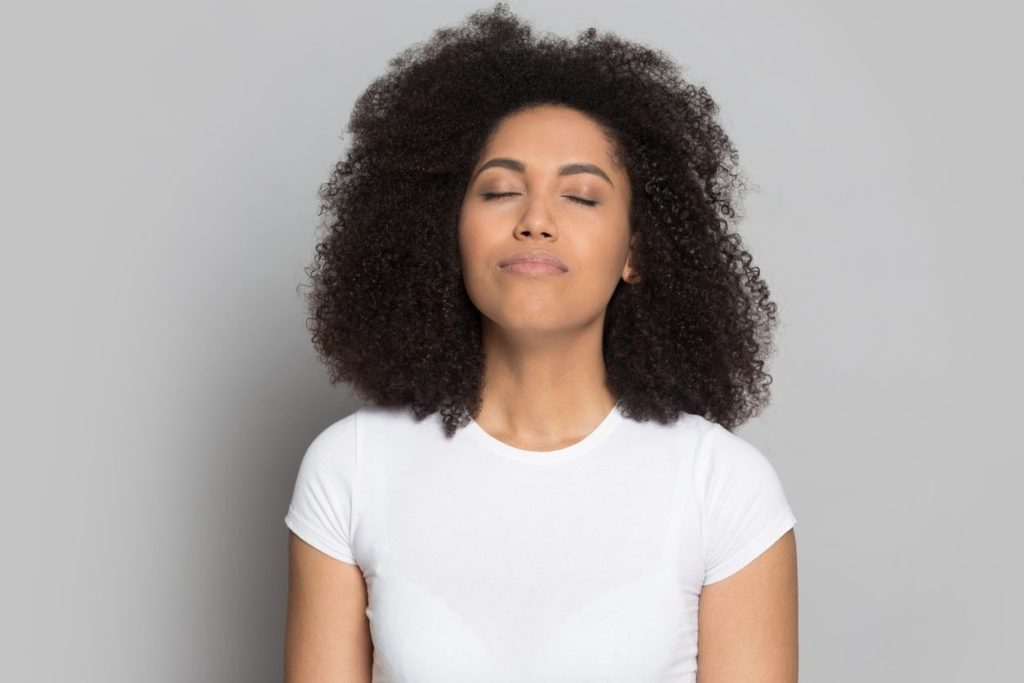How to concentrate on your breathing without changing it?
Caution : You must consult your doctor for your health. This page presents only a personal and alternative point of view which should not be considered as an attempt to prescribe medicine.
Breathing is natural in all living things.
Each day, humans perform approximately 21,600 breaths.
But we pay attention to it very few times.

However, focusing on your breathing has many benefits.
There are several ways to focus on your breathing without changing it.
What are they ? Focus!
Learn meditation to observe your breathing
To focus on your breathing, there is nothing better than meditation.
Formerly, it was seen as a discipline reserved for a certain class of humanity.
However, due to its many advantages, the practice has gradually opened up to everyone.
So today almost everyone meditates or can meditate.
The great advantage of meditation is the calm and security it provides.
To achieve it, nothing could be simpler.
Indeed, it is essentially based on stillness and breath.
It is precisely these two factors that make her the best way to focus on her breathing.
There are many methods of meditation.
To make them, you will normally not need any accessories.
For example, you can sit or lie on a bed.
Then you will need to get into a comfortable position because once you start exercising you will have to come to a complete stop.
After that, you will need to focus on your breathing.
Feel and live it.
You must be aware of every phase of the breath, of every inhale and every exhale.
Learn to listen to the rhythm of your breathing, to understand it, to follow it.
Then let yourself be rocked.
Do not modify it.
Just breathe.
Stay like that for ten minutes.
You will feel all the well-being and rejuvenation that this simple exercise in breath observation provides.
Practice observation inside Yoga postures
Yoga is also seen as a good way to focus on your breathing, because it is essentially based on the search for balance.
To this end, breathing plays a big role since it is a natural function of life.
For some, it is the breath itself that represents this balance.
Thus, many Yoga exercises use it as a barometer of stability.
The exercises of the Yogins are then modeled on it in order to reach a full balance, a certain freedom.
You don't need to have a great knowledge of Yoga to perform them.
Also, there is no need to have the flexibility of an athlete to implement them.
Some of them are simple and easy to perform.
For example, you can sit down.
Breathe slowly to relax.
Then, once you are familiar with the rhythm of your breathing, do simple movements.
These should match your breathing.
Slowly raise your hands with each inhale and slowly lower them with each exhale.
In doing so, your whole body will follow the rhythm of your breathing.
You can change your movements as you wish, but your breathing should remain steady, unchanging.
So you will need a little concentration to get there.
NOTE: this exercise can be done with voluntary control, but also without breathing control.
You could do your entire Yoga session, take your postures, while observing your breathing without changing it.
Observe your breathing with the help of a visualization exercise
Today there are many breathing techniques suitable for each situation.
Some of them fight against stress, insomnia, anger or even pain.
Others present themselves as brakes to cardiovascular diseases such as cardiac coherence which restores a harmonious rhythm in the beating of the heart.
No matter what category they belong to, all of these breath techniques allow you to focus on breathing.
The vast majority assumes a change in the rhythm of breathing and therefore control.
But it is also possible to observe your breathing without modification as for the meditation on the breath for example.
Otherwise, most of them are simple and easy to perform techniques.
They are mainly based on visualization and concentration.
To begin with, you need to focus and listen to your breathing.
Your mission at this point will be to observe its pace and frequency.
You should be able to feel the contractions of your diaphragm.
Then you will use your imagination.
Two ways are available to you.
The first is visual breathing.
Here everything is happening in your intellect.
Imagine something, for example water.
Then visualize this water moving following your breath.
This can also be the waves of the sea rising on the beach and retreating, a boat moving forward and backward, etc.
The second trick is the number breathing.
For example, you can count your inhales and exhalations.
Personally, for over 5 years I used a parking meter.
This small device, widely used by musicians, emits a regular sound (beep) every X seconds.
For the precise work of Pranayama with the precise counting, it is a wonderful tool.
But this type of breath control should only be practiced by experts who understand the physiology of the breath, otherwise you will fall into a form of chronic hyperventilation which will eventually destroy you.
The beginner will be satisfied to observe his breathing without modifying it.
It is such a subtle exercise that even experts will still find plenty of refinement.
You now know more about how to focus on your breathing.
Adopt one of them and experience it.
Learn to understand your breathing better and feel this pleasant satisfaction that comes over you.
Breathing is your life itself, by getting to know it you will discover the secrets of your own Life and of the whole universe.
❤ The ultimate guide to breathing
Intermittent Breathing : Discover the method to quickly relieve your anxiety and chronic fatigue (positive effects from the first use).Read also :
Previous article : Abdominal breathing: how to breathe with the belly?
Next article : Meditation and breathing: what is the link and how to breathe while meditating?

